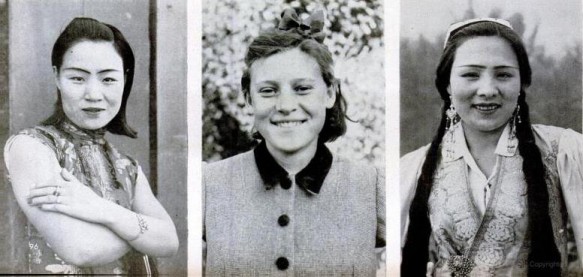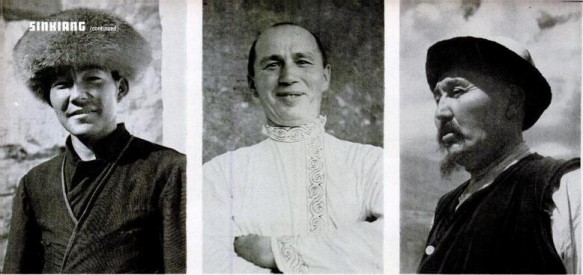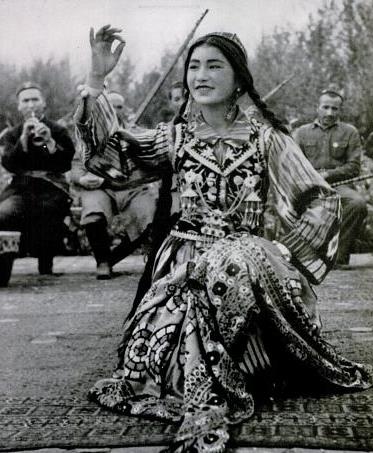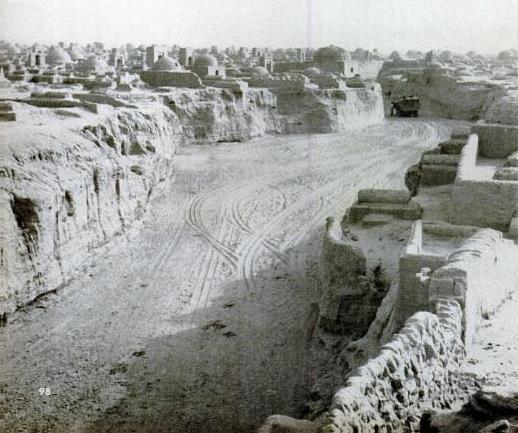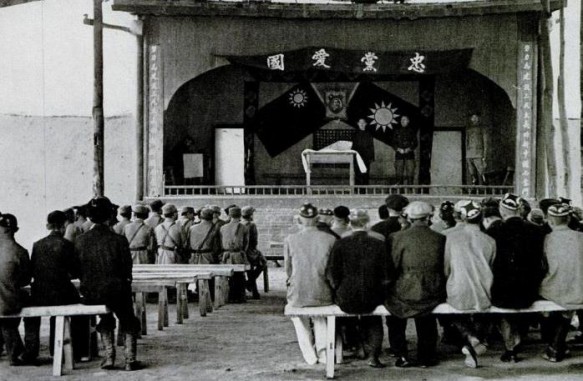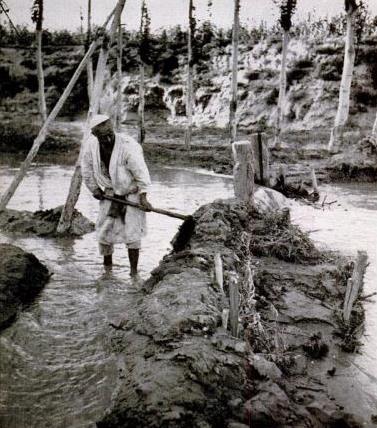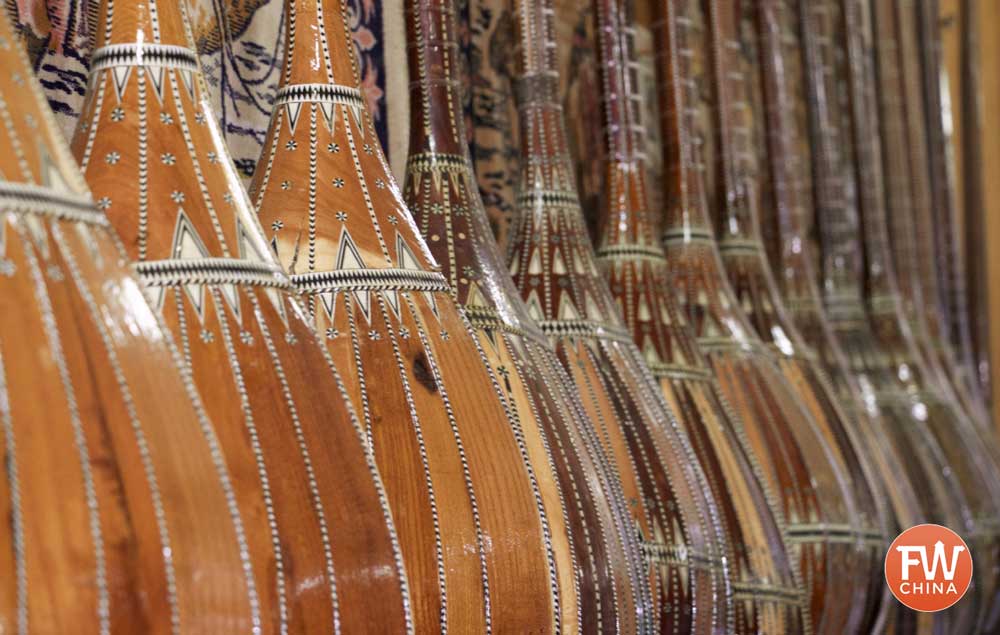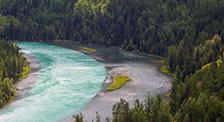A View of “Sinkiang” in 1943 from Life Magazine
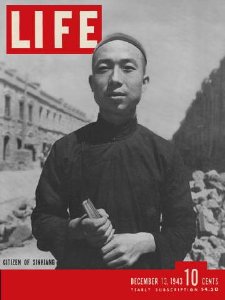
On the cover, as you can see here, a Hui man labeled as a “Citizen of Sinkiang” stares at the reader with a youthful expression of confidence and curiosity. Forget World War II…what they heck does LIFE have to say about the far reaches of China?
Written by Theodore H. White and beautifully photographed by William Vandivert, LIFE claims this expedition in the 1940’s to be “The first accurate report on this mysterious land, since Owen Lattimore in 1927“.
Besides offering a visual history of the people and places of interest in Xinjiang (which is referred to in this magazine by its former English name ‘Sinkiang’), what struck me most were some of the ways in which the region was described.
Bathed in Blood
“Every now and then (1870, 1932) [the Chinese] have to contend with a rebellion of the Moslem masses, usually led by Chinese-speaking Moslem [now called the “Hui”]. These rebellions periodically bathe Sinkiang in blood. The massacres, though generally unreported, are spectacular.”
White actually spends little time dwelling on these massacres, but rather focuses on the “litter of races” that has been the cause. It’s interesting to see how he describes each ethnic group that he runs across, primarily because it is different from how many would describe them today:
- Kirghiz: “They are shepherds of upland pastures, are an attractive and civilized people”
- Tatars: “They have high social rating, many are rich”
- Kazaks: “They are nomads and bandits and consume huge quantities of kumiss liquor”
- Uzbeks: “…are as exclusive as the Tartars [sic]”
- White Russians: “They are mostly peasants and laborers but include some clerks”
- Chinese: “Sinkiang’s merchant and ruling class…most Chinese are refugees from Manchuria”
- Uighur: “[They] are the chief landowners. They have been here since year 800”
The Chinese, White Russian and Uzbek women of Xinjiang
The Kirghiz, Tartar and Kazakh men of Xinjiang
During their visit in the 1940’s, the total population of Xinjiang was only 3,700,000. Of this number, 2,700,00 of them were Uyghur while only 182,000 were Chinese.
To compare, the latest census shows that Xinjiang is home to nearly 22 million people and is split almost 50/50 between the Uyghur and Han Chinese.
Chinese from Lost Manchuria
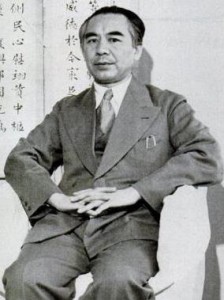
Xinjiang’s governor at the time was Governor Sheng (pictured to the right), who was known for implementing free education in native languages and a policy of equality between races.
According to James Millward in his book Eurasian Crossroads: A History of Xinjiang, Governor Sheng’s tenure as governor was “the first time ‘Uyghur’ entered official and common use to apply to the Turki-speaking, non-nomad population of southern Xinjiang”.
Other Fascinating Quotes:
“Sinjiang is the cheapest province in China”
“Sinkiang is famed for low taxes and honest tax collectors”
“[Sinkiang’s] trade has died”
“The big news about Sinkinag is that the U.S.S.R. has now given it back to China”
“[Uyghur] dancing consists more of handwork and head-weaving than of foot-work”
“There is just one steam roller [for construction] in all of Xinjiang”
A Uyghur dancer as pictured by Vandivert
Called a “Moslem Cemetery near Aksu”, I can’t place where this is. Perhaps it has decayed or been destroyed over time.
A government officials meeting in Korla, held every Monday morning.
A Uyghur man digging irrigation ditches

